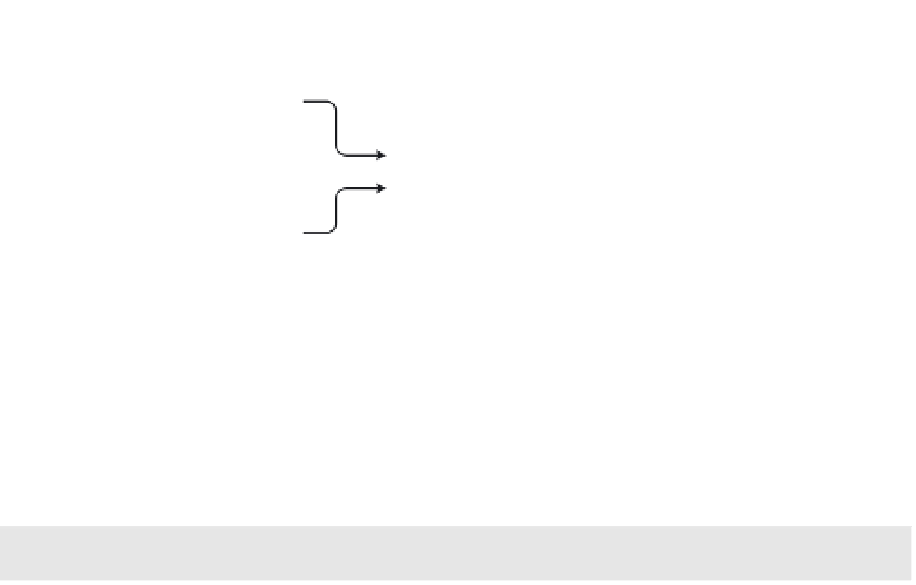Information Technology Reference
In-Depth Information
Figure 10-18 shows the input and output for producing a delay-signed assembly. Notice
the following in the figure:
In the input, the
DelaySignAttribute
is located in the source files, and the key file con-
tains only the public key.
In the output, there is space reserved for the digital signature at the bottom of the
assembly.
Figure 10-18.
Creating a delay-signed assembly
If you try to deploy the delay-signed assembly to the GAC, the CLR will not allow it,
because it is not strongly named. You must first issue a command-line command that disables
the GAC's signature verification on this machine, for this assembly only, and allows it to be
installed in the GAC. To do this, issue the following command from the Visual Studio com-
mand prompt.
sn -vr MyAssembly.dll
You've now looked at unsigned assemblies, delay-signed assemblies, and strongly named
assemblies. Figure 10-19 summarizes the differences in their structures.
Figure 10-19.
The structures of different assembly signing stages


































































































































































